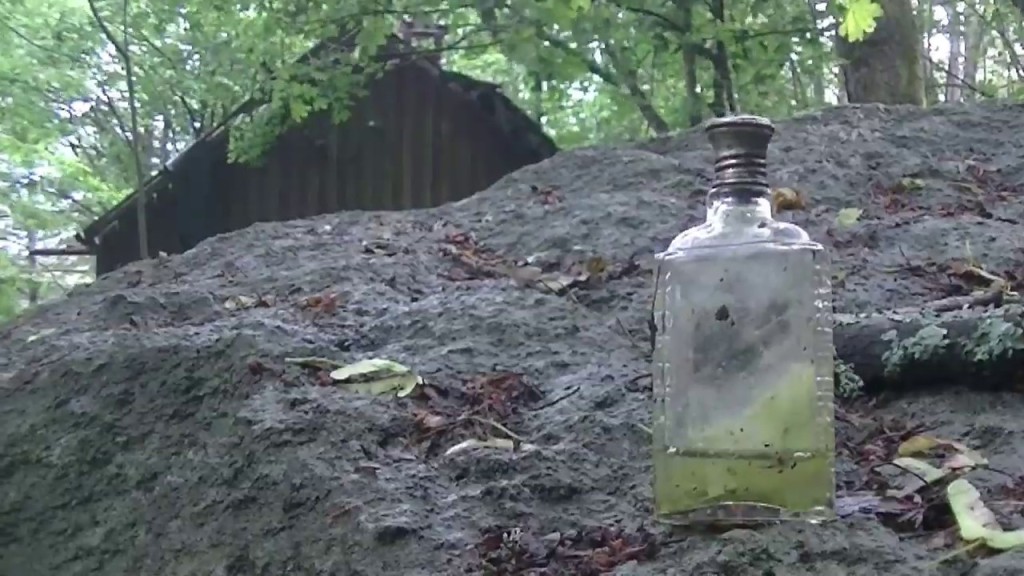Metal Detecting in Abandoned Places: Unearthing Hidden Treasures
Introduction:
Metal detecting is an exciting and rewarding hobby that has gained popularity over the years. While many enthusiasts focus on beaches, parks, and other public areas, there is a whole world of opportunities waiting to be explored in abandoned places. These forgotten locations hold a rich history and offer a unique experience for metal detectorists looking to uncover hidden treasures. In this post, we will delve into the fascinating world of metal detecting in abandoned places, discussing tips, techniques, safety precautions, and the potential finds you can expect along the way.
Why Metal Detecting in Abandoned Places?
Exploring abandoned places with a metal detector provides an opportunity to connect with history firsthand. From old houses and schools to factories and ghost towns, these locations have stories locked within their walls. By carefully scanning these sites with your metal detector, you can uncover relics from bygone eras that often go unnoticed.
It’s important to note that before searching any abandoned place, make sure you have permission from the property owner or obtain legal permits if required. Always respect private property rights and follow local laws regarding metal detecting.
Choosing Your Location:
When choosing an abandoned place for metal detecting purposes, consider its historical significance as well as accessibility. Research local records or consult historical societies to identify potential sites worthy of exploration. Look out for locations where people congregated in large numbers or where significant events occurred throughout history.
Once you have identified possible sites based on historical significance and accessibility factors like permissions or safety concerns – it’s time to map out your search area within these locations. Take note of any potential hotspots such as gathering areas like courtyards or gardens where people may have dropped items more frequently.
Preparing for Your Metal Detecting Adventure:
Before setting off on your adventure into an abandoned location with your trusty metal detector in hand, ensure you pack essential equipment and take necessary precautions:
1. Metal Detector: Choose a metal detector suitable for the conditions you expect to encounter. Consider factors like ground mineralization, target depth, and discrimination capabilities.
2. Tools: Carry digging tools such as a strong trowel, shovel, or hand digger to unearth your finds carefully.
3. Protective Gear: Wear appropriate clothing and footwear for the environment—long pants, sturdy shoes, gloves—to protect against potential hazards such as broken glass or rusty nails.
4. Safety Equipment: Equip yourself with a first aid kit and carry a mobile phone in case of emergencies.
5. Batteries and Backup: Always carry spare batteries for your metal detector to ensure uninterrupted operation during long searches.
6. Research Materials: Bring along historical maps, photographs, or any relevant documents that can help you understand the site’s history better and guide your search efforts.
Techniques for Metal Detecting in Abandoned Places:
Metal detecting in abandoned places requires specific techniques to maximize your chances of finding hidden treasures:
1. Grid Search Method: Divide the area into smaller sections using visual markers like trees or rocks. Search each section systematically by moving your metal detector in overlapping sweeps from side to side until you cover the entire grid area.
2. Concentrate on High-Traffic Areas: Focus on areas where people would have spent more time or congregated frequently—spaces near entrances/exits, meeting rooms, courtyards—for higher chances of discovering valuable artifacts.
3. Adjust Sensitivity Settings: Experiment with sensitivity settings on your metal detector based on ground mineralization levels at each location to achieve optimal detection depth without excessive interference from surrounding metals or minerals.
4. Listen Carefully: Pay close attention to audio signals produced by your metal detector – distinguishing between different tones can help identify various types of targets (coins versus nails).
5. Digging Techniques: When digging targets identified by your metal detector’s signals, be cautious not to damage potential artifacts. Use your digging tools to carefully extract objects and avoid unnecessary disturbance to the surrounding area.
Potential Finds in Abandoned Places:
Metal detecting in abandoned places can yield a wide range of exciting discoveries, including:
1. Coins: Old coins are frequently found in abandoned locations, providing insights into past economies and historical periods.
2. Jewelry: Unearthing forgotten jewelry pieces like rings, bracelets, or pendants can offer a glimpse into personal stories and fashion trends of yesteryears.
3. Relics: Discovering relics such as buttons, buckles, or military insignias provides tangible connections to the lives of those who once lived or worked at these sites.
4. Tools and Utensils: Metal detectors often uncover rusted tools or utensils used by previous occupants—evidence of their daily lives and work routines.
5. Historical Artifacts: From pottery shards to antique bottles and even hidden caches, abandoned places can hold numerous historical artifacts that shed light on local history.
Conclusion:
Metal detecting in abandoned places is not just about finding treasures; it’s about unearthing fragments of our collective pasts. By exploring these forgotten locations with respect for their historical significance and following proper metal detecting etiquette, you have the chance to connect with history in an intimate way. So grab your metal detector, research some intriguing sites near you, obtain necessary permissions if required—and get ready for an adventure filled with excitement and discovery!
